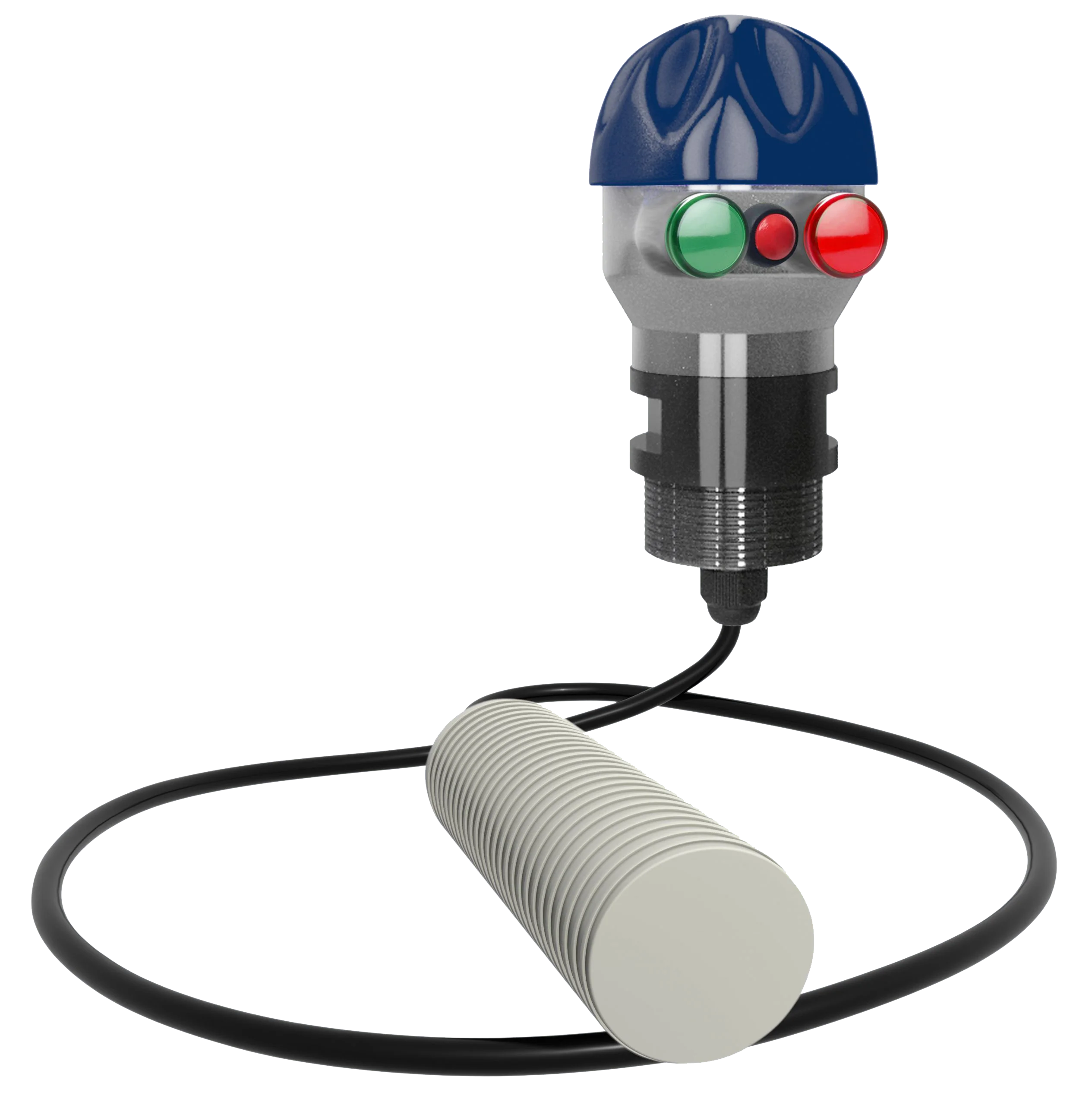The Submersible Level Sensor Really Is The Better Choice For Tank Level Monitoring

Submersible level sensors of the 100 series are a type of sensor that can be used to determine the amount of liquid that is contained within a tank. They have a high level of resistance to corrosion and chemicals, which makes them a perfect alternative for conditions that are particularly severe because of the fact that they were created primarily for use in chemical tanks. The sensors are easy to use and maintain because they have a straightforward installation process, do not need to be programmed, and do not have any moving components.
The piezoresistive and capacitance varieties of the sensors are the most common ones. Piezoresistive sensors make use of a piezoresistive element, which is a material with a resistance that can change in response to variations in pressure. Capacitance sensors, on the other hand, make use of a diaphragm that alters its capacitance in response to variations in pressure. Readings of the liquid levels in tanks can be obtained in a precise and dependable manner from either variety of the sensor.
For use in environments where there is a high risk of corrosion, the sensors have a body made of plastic, and the wire that connects them has a Teflon jacket. In order to get an accurate reading, you need to make sure that they are connected to the LP100 junction box. When compared, ultrasonic sensors are not as dependable for monitoring liquid levels in tanks because they can be impacted by foam, vapour, condensation, and turbulence, which can lead to incorrect results. Infrared sensors, on the other hand, are far more reliable for this task. For this reason, submersible level sensors from the 100 series are frequently chosen over ultrasonic level sensors when the task at hand is monitoring the amount of liquid in tanks.
There are two primary varieties of 100 series submersible level sensors, and those are piezoresistive and capacitance. Which of the two varieties of sensors to choose is determined by the particular demands placed on the system as well as the application being carried out.
Piezoresistive sensors are often put to use in situations and applications that call for a high level of accuracy and stability. They are also an excellent choice for usage in areas that exhibit a high amount of vibration as well as a fluctuation in the pressure that is being applied.
On the other hand, capacitance sensors are often put to use in applications that ask for a broad measuring range. They are also an excellent choice for usage in conditions in which there is a significant amount of temperature variation or in which the sensor will be subjected to a significant amount of electromagnetic interference.
In conclusion, piezoresistive sensors may be the best alternative if high precision and stability are required, but capacitance sensors may be the better choice if a vast measurement range, resistance to temperature variation and electromagnetic interference are necessary.
Learn more about Sentinel Remote Tank Level Monitoring
Please contact us to discuss your application


